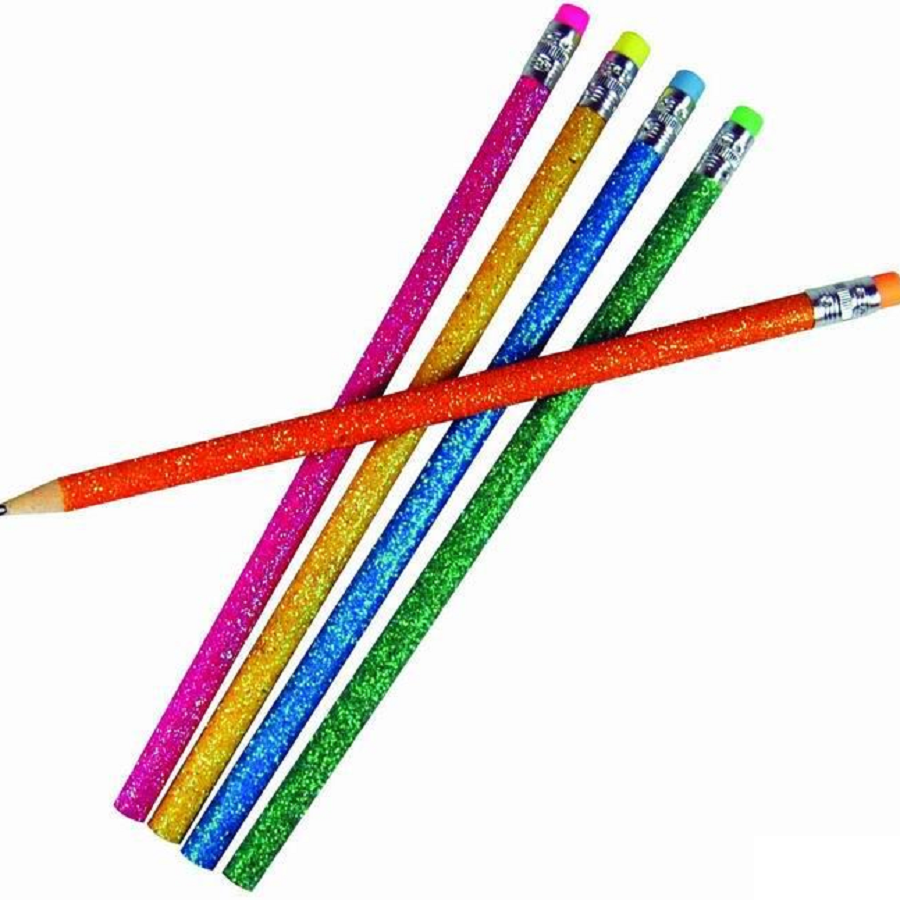When it comes to artistic expression, the choice of colored pencils can make a significant difference. The market offers various options, but understanding the components, types, and maintaining them can be a game changer. Whether you are an artist or a hobbyist, this guide will help you choose the best colored pencils.
Top Colored Pencil Brands in the Market
One of the first steps in choosing the best colored pencils is knowing which brands are highly regarded. Some of the most popular brands include Faber-Castell, Prismacolor, and Caran d’Ache. Each of these brands is known for its unique qualities. For instance, Faber-Castell pencils are celebrated for their durability and rich pigmentation, making them a favorite among professional artists. Prismacolor pencils, on the other hand, are renowned for their smooth application and vivid colors, ideal for both beginners and experts. Caran d’Ache is known for its premium quality and exceptional blending capabilities, often preferred by those who seek the finest materials. For purchasing options, you can visit
Durzerd
for bulk orders and
CPencils
for smaller quantities.
Different Types of Colored Pencils and Their Uses
Understanding the types of colored pencils available is crucial for making an informed choice. Colored pencils can be broadly categorized into three types: oil-based, water-soluble, and pastel pencils.
-
Oil-Based Colored Pencils
Oil-based colored pencils are known for their vibrant and intense colors. The pencils have a waxy texture, which allows them to create a unique, rich texture on paper. However, oil-based pencils are not suited for layering multiple colors and are difficult to erase. They are perfect for projects requiring bold and solid colors.

-
Water-Soluble Colored Pencils

Water-soluble colored pencils, also known as watercolor pencils, have pigments that dissolve in water. When used dry, they behave similarly to oil-based pencils but with less intensity. When water is applied, they produce a watercolor effect, making them versatile for creating soft, blended hues and detailed architectural sketches. The ability to switch between dry and wet techniques makes them a favorite among artists who enjoy experimenting with textures.
-
Pastel Colored Pencils
Pastel colored pencils have a chalky texture and are excellent for creating strong coverage and a grainy texture. However, they can be messy as the pigment tends to smudge easily. They are ideal for art styles that benefit from a more textured, grainy look, such as portraits and landscapes. The pastel quality makes it easy to blend and layer colors, offering depth and richness to the artwork.
Key Ingredients of Colored Pencils
The performance of colored pencils largely depends on their components. Here’s a look at the essential ingredients that make up a quality colored pencil:
-
Pigments
Pigments are the key to achieving different colors in colored pencils. These pigments can be derived from natural minerals or synthetically produced. Natural pigments are extracted from sources like ochre, carbon black, and limestone, offering earthy and muted tones. Synthetic pigments, however, are created through chemical processes and provide a broader range of bright and vibrant colors.
-
Fillers
Fillers are added to colored pencils to provide hardness and texture while also reducing the cost of pigments. Common fillers include wax and talc, which affect the pencil’s smoothness and coverage.
-
Binders
Binders are substances that hold the pigments and fillers together. Common binders include glycerides, wax, and resins. The quality and type of binder used can affect the pencil’s overall performance, including its smoothness and blendability.
-
Wooden Casing
The wooden casing serves as the pencil’s outer shell, providing support and grip. Common materials used include basswood, poplar, and cedar. The type of wood can influence the ease of sharpening and the pencil’s durability.
Tips for Choosing and Maintaining Colored Pencils
When selecting colored pencils, consider factors such as color saturation, durability, and price. For example, test a few pencils to see how they perform on your preferred paper type. Look for those that offer smooth application without excessive breaking.
Proper maintenance is also crucial for extending the life of your pencils. Store them in a cool, dry place to prevent the cores from becoming brittle. Consider using a pencil case or a wooden box to protect them. Regularly sharpen your pencils to prevent breakage and ensure a consistent drawing experience.
For more detailed reviews and recommendations, check external sources like
Art is Fun
and
The Virtual Instructor
.
In summary, choosing the best colored pencils involves understanding the different types, their uses, and the components that make them. Whether you opt for oil-based, water-soluble, or pastel pencils, selecting the right brand and maintaining your tools will enhance your artistic creations.



